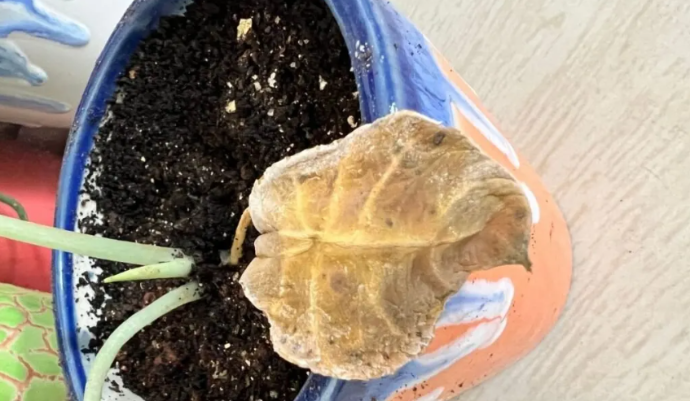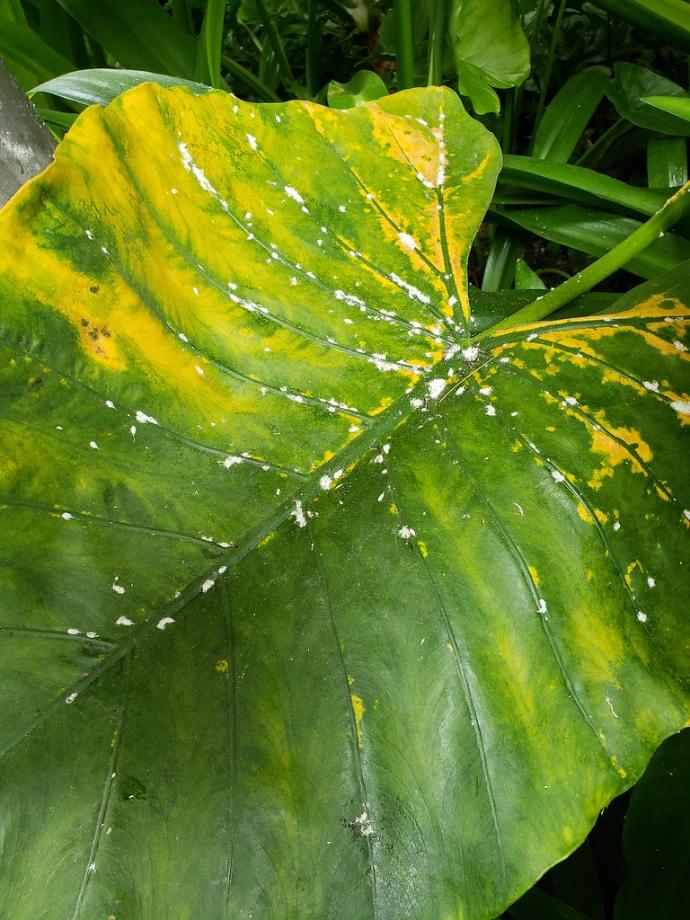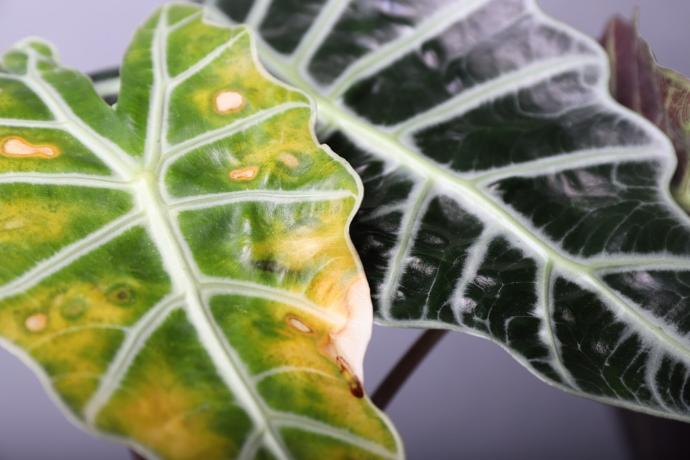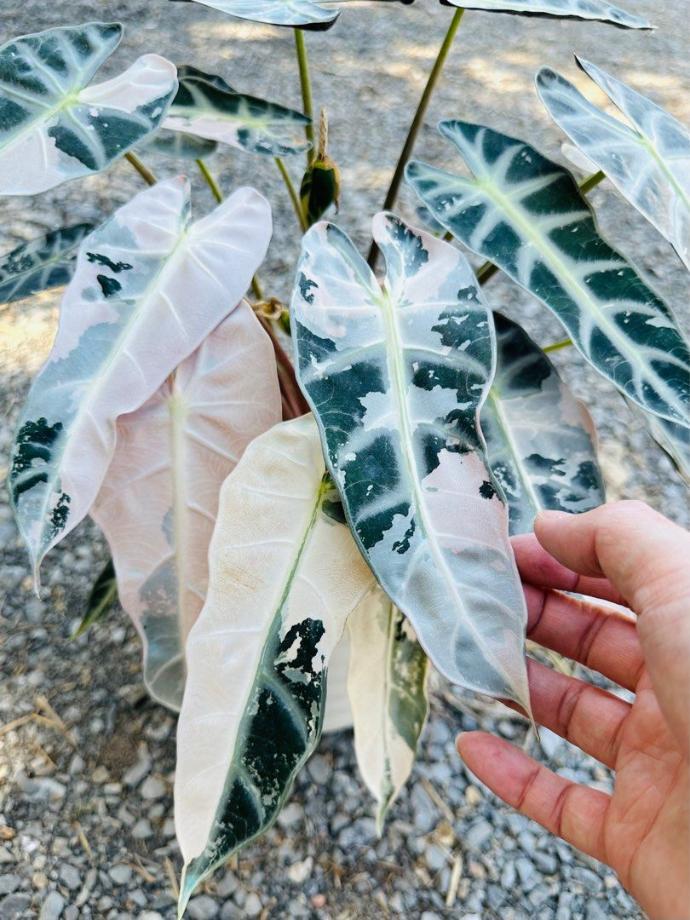Alocasia White Plant
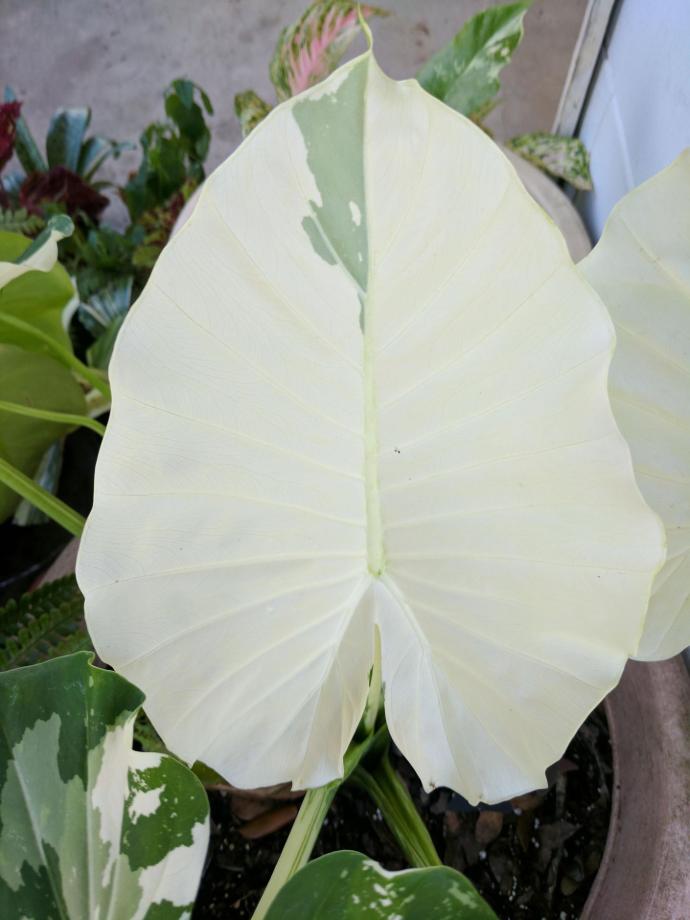
Habit
Herbaceous
Height
Medium
Growth
Medium
Soil
Loamy soil
Shade
Partial
Moisture
High
Edible
No
Medicinal
No
Origin
Southeast Asia
Climatic Condition
Tropical, Humid
Temperature (°)
20-30
Humidity (%)
60-80%
Potting media
Peat+Perlite
Fertilizers
Balanced NPK(10:10:10)
Watering
Regular, Keep Moist
Plant Weight
300-500 g
Flowering Time
Rarely Flowers
Soil Ph level
5.5-6.5
Water Ph level
6.0-7.0
Soil EC
1-2 dS/m
Yield Per Plant
Ornamental
NPK ratio
10:10:10
life Span
5-10 yrs
Health Benefits
Suggested Grow Media or Potting Mix ?
40% loam, 30% sand, 30% compost
Suggested Fertigation/Fertilizers
Apply monthly with liquid organic fertilizer
Common Diseases and Remedies
Powdery Mildew, Leaf Blight, Root Rot, Mealybugs, Spider Mites.
White fungal coating, yellowing leaves, browning patches.
Neem oil, baking soda spray, horticultural oil.
HEALTH BENEFITS
Alocasia White (often referred to as Alocasia polly or African Mask Plant) is a decorative plant known for its striking white-veined, dark green leaves. While it's mainly grown as an ornamental houseplant, it also has a few indirect health benefits:
- Air Purification: Like many indoor plants, Alocasia White can help purify the air by absorbing carbon dioxide and releasing oxygen. It may also help filter out some harmful toxins.
- Aesthetic and Emotional Well-being: The presence of plants like Alocasia White in your living space can boost mood, reduce stress, and enhance overall emotional well-being. Studies suggest that indoor plants contribute to a calming environment, promoting relaxation and mental clarity.
- Increased Humidity: Alocasia plants release moisture into the air through a process called transpiration, which can help increase humidity levels. This may benefit those with dry skin or respiratory issues, especially in winter.
However, it's important to note that Alocasia White is toxic to pets and humans if ingested, so it should be kept out of reach of children and animals.
Would you like to know more about its care or other benefits?
